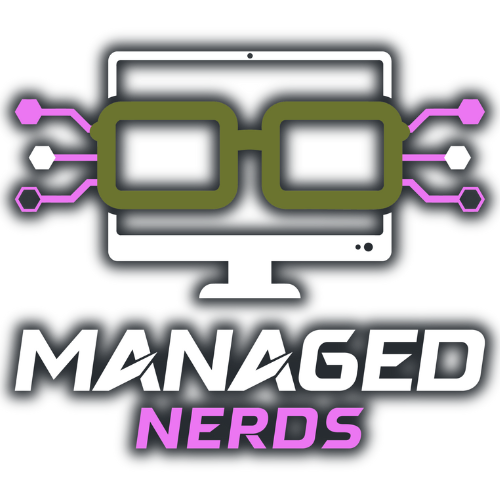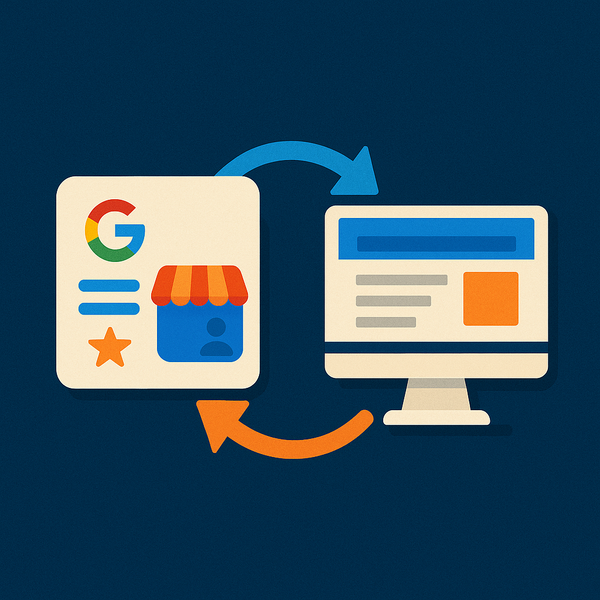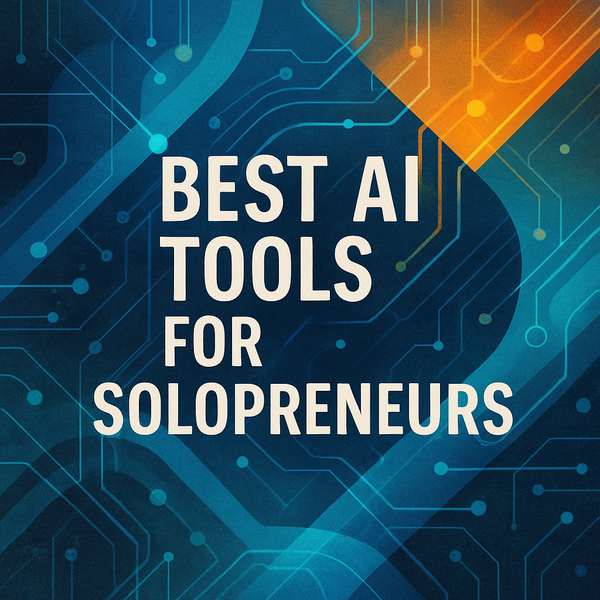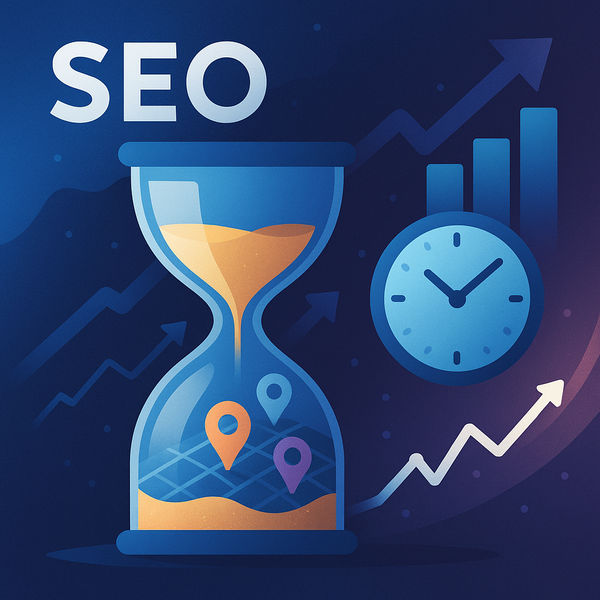Roadmap to Advanced AI: From Generative Models to Agents
Curious about moving beyond basic AI tasks? Learn how to evolve from simple content generation to advanced multi-agent systems—no PhD required.

So, you’ve dipped your toes into AI—maybe using ChatGPT for brainstorming or automating a few tasks with a chatbot. Now you’re thinking, “How do I push this further?” Transitioning from simple generative models to more advanced AI systems, like multi-agent setups, can feel like jumping from riding a tricycle to driving a race car. But with the right roadmap, it’s absolutely doable for small or medium-sized businesses.
As inventor Ray Kurzweil notes, “Our intuition about the future is linear, but the reality of AI is exponential.” Embracing that exponential shift can transform how you handle operations, customer engagement, and long-term growth.
Start with Generative AI
Getting the Basics Right
Before you dream up an AI empire, refine your mastery of generative tools. This is where many businesses first discover AI’s potential—creating blog outlines, social media posts, or even product descriptions through platforms like ChatGPT, Jasper, or Copy.ai.
Still have writer’s block? Generative AI can help you leap that hurdle fast, giving you room to sharpen strategy instead of grinding out repetitive content.
Content Customization
Once you’re comfortable with basic text generation, experiment with customizing outputs. Provide more context or detailed prompts, or even train the model on your brand’s style for a consistent tone. That helps you develop an “AI voice” aligned with your unique brand, instead of churning out generic-sounding posts.
Expand into Specialized Models
Domain-Specific AI
After you’ve conquered the world of generic generative tools, it might be time for domain-specific models. Think AI modules that specialize in legal text analysis, medical imaging, or financial forecasting. While these can require more setup (and often more budget), the payoff is a system that deeply understands your niche.
Wish your AI tool could answer hyper-specific questions about your industry? Domain-specific models can tackle tasks that generalized solutions handle poorly—like scanning contracts for compliance issues or analyzing warehouse inventory with near-human comprehension.
Building or Buying?
When exploring specialized AI, decide whether to train a model in-house or purchase a pre-trained solution. If you have a smaller team and limited data, licensing a specialized model might be the way to go. Larger organizations might invest in a custom build. Either way, consult with experts (or do thorough research) to understand the training data, cost, and potential biases of each approach.
Multi-Agent Systems for Complex Workflows
What Are Multi-Agent Systems?
Think of a multi-agent system as a team of AI “colleagues,” each with its own specialty. One agent might excel at scheduling and resource allocation, while another handles customer sentiment analysis. They collaborate—often passing tasks between each other—to tackle complex problems that a single AI module might struggle with.
Real-World Applications
- Supply Chain Management: One agent forecasts demand, another manages inventory, and a third schedules deliveries—working in tandem so you never overstock or understock.
- Automated Customer Support: A suite of agents can classify emails, respond to basic inquiries, escalate complex issues, or even translate messages in real time.
- Business Strategy: One agent crawls competitor websites for new product releases, another reviews internal data for pricing strategies, and a final one merges these insights into a recommended action plan.
Former Google CEO Eric Schmidt once said, “The real strength of AI is in combining complementary skills.” Multi-agent systems manifest that concept in a tangible way.
Managing Multiple AIs
Orchestrating Agents
When you have multiple AI agents, consider using an orchestration layer—a sort of digital “manager” that assigns tasks to the right agent and merges outputs into a coherent outcome. Platforms like Kubeflow or Airflow can automate this process, ensuring your AI teammates don’t talk over each other or produce conflicting results.
Data Integration
Your advanced AI strategy will thrive on consistent, high-quality data. Different agents might consume different data formats, so set up a robust data pipeline. Tools like Make (formerly Integromat) or Zapier can handle simpler integrations, while data engineering solutions (like Databricks) handle more complex pipelines at scale. The goal? Ensure your entire AI ecosystem speaks the same “data language.”
Balancing Human Oversight
The Human Touch
No matter how advanced your AI gets, keep humans in the loop—particularly for critical decisions. For instance, while an agent might be great at screening job applicants based on resumes, final interviews should always involve a human manager to gauge soft skills and cultural fit. This hybrid model of AI+human fosters trust among employees and customers alike.
Ethical and Compliance Concerns
The more sophisticated your AI gets, the more potential there is for issues like bias or misinterpretation of data. Regular audits and compliance checks help you spot problems before they cause harm. If you’re in a regulated industry (finance, healthcare, etc.), these checks become even more crucial.
Who wants to end up in legal trouble because your advanced AI inadvertently violated privacy laws or discriminated against certain groups?
Not exactly the kind of PR you’re aiming for.
Taking the Leap
If this roadmap feels both exciting and a bit daunting, that’s normal. Advanced AI strategies require more planning and resources, but the payoff—streamlined operations, better decision-making, even new product lines—can be worth it. Identify which part of your business stands to benefit most from advanced AI. Start there. Scaling up is easier once you have a proven success story.
As management guru Peter Drucker says, “The best way to predict the future is to create it.” Building advanced AI systems is about creating the future of your business, one agent at a time.
Final Thought
Moving from basic generative AI to sophisticated multi-agent setups might seem like a big leap, but with the right planning and incremental steps, it’s entirely within reach for businesses of all sizes. Master the fundamentals, experiment with specialized models, and embrace the power of multiple AI agents collaborating in real time. You’ll soon discover that advanced AI isn’t just for tech giants—it can be your secret weapon in an increasingly competitive market.
Still not sure how to get started? Managed Nerds can guide you through each phase—from choosing the right generative models to orchestrating a fleet of AI agents. Because when it comes to AI, the journey is just as exciting as the destination—and sometimes, it’s a roadmap that leads to truly transformative results.





